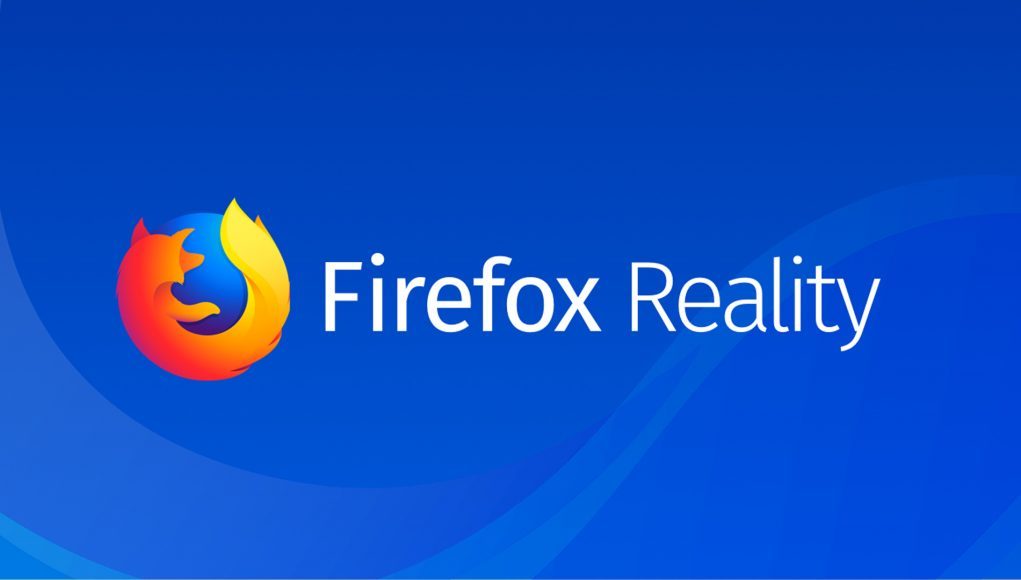Today at Mobile World Congress (MWC) in Barcelona, Spain Mozilla announced a collaboration with Microsoft to bring the Firefox Reality web browser to the recently revealed Microsoft HoloLens 2.
While Mozilla hasn’t mentioned a release date yet, the company says they’re currently working with community developers of the programming language Rust to bring “the language and runtime that enable us to deliver a more secure experience to the HoloLens platforms.”
Mozilla says they’ll build on previous efforts—namely their work on the developer build Firefox browser for Magic Leap One—and then bring their web platform Mozilla Servo to HoloLens 2 when it is available this summer.

Much like Apple’s WebKit for Safari, Servo is an open source browser engine that will form the foundation of the company’s next generation WebXR Firefox Reality web browser.
First announced back in April 2018, Mozilla developed Firefox Reality to be a cross-platform, open sourced web browser not only capable of delivering VR/AR headset-users standard web pages, but also immersive games, videos, environments, and experiences from around the web.
At the time of this writing, Firefox for Magic Leap One currently only offers support for standard 2D web pages, so there’s undoubtedly still work to be done before a firm release date can be set for ‘the full Firefox XR experience’ on HoloLens 2, which would necessarily include the burgeoning 3D web as well.
“Building on Microsoft’s years of experience with the current HoloLens among enterprises and consumers, we will work together to learn from developers and users about bringing AR content to the web,” says Lars Bergstrom, director of engineering at Mozilla’s mixed reality program.
Mozilla says they’re continuing their focus with Firefox Reality to deliver a “safe, private experience with open, accessible technology.”
The company will be detailing new builds of Firefox Reality for HoloLens 2 via their blog. Interested developers can also get involved in Mozilla projects by taking part in the company’s Servo Starters program.







